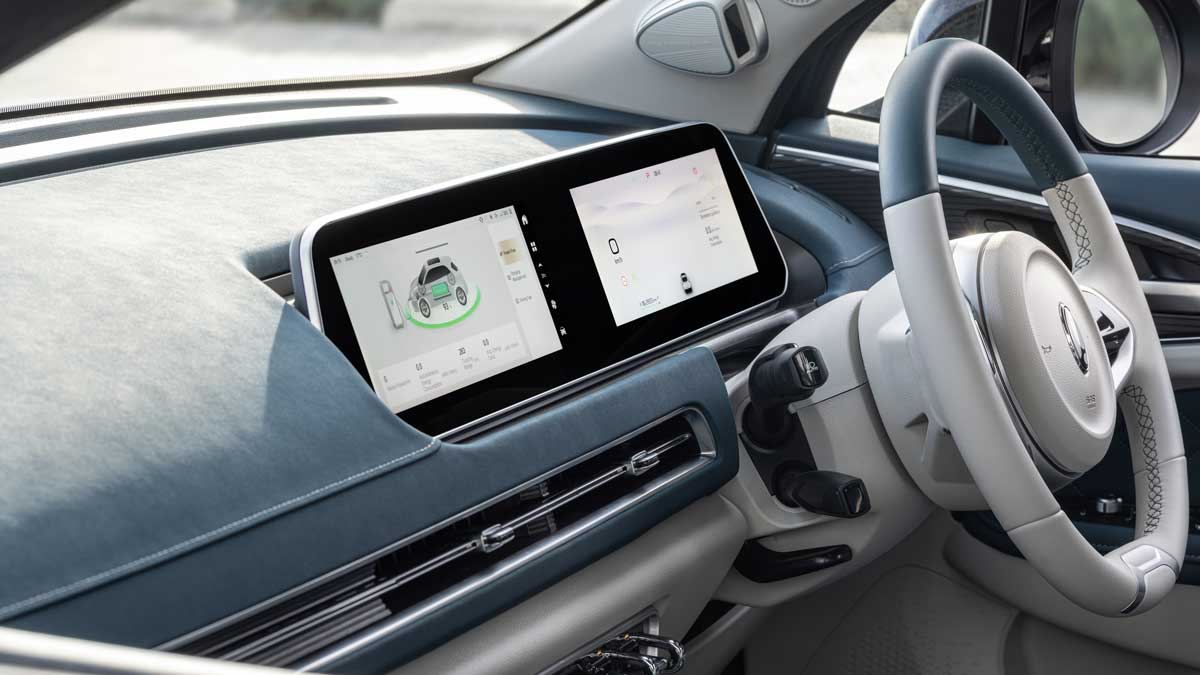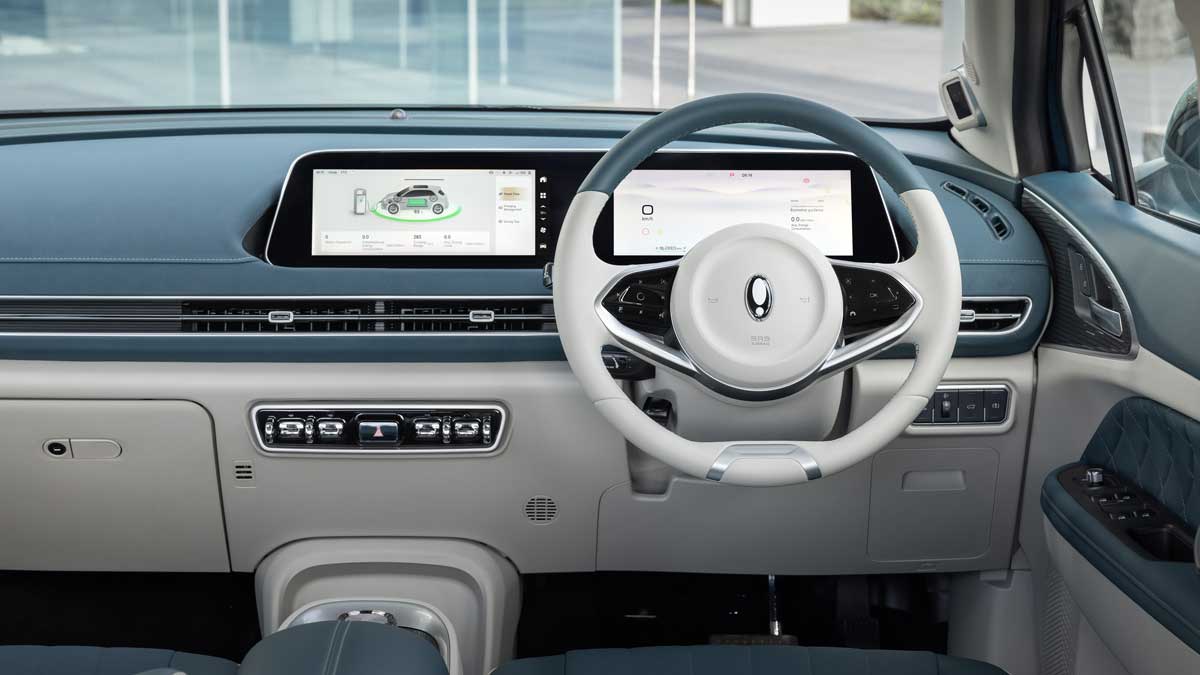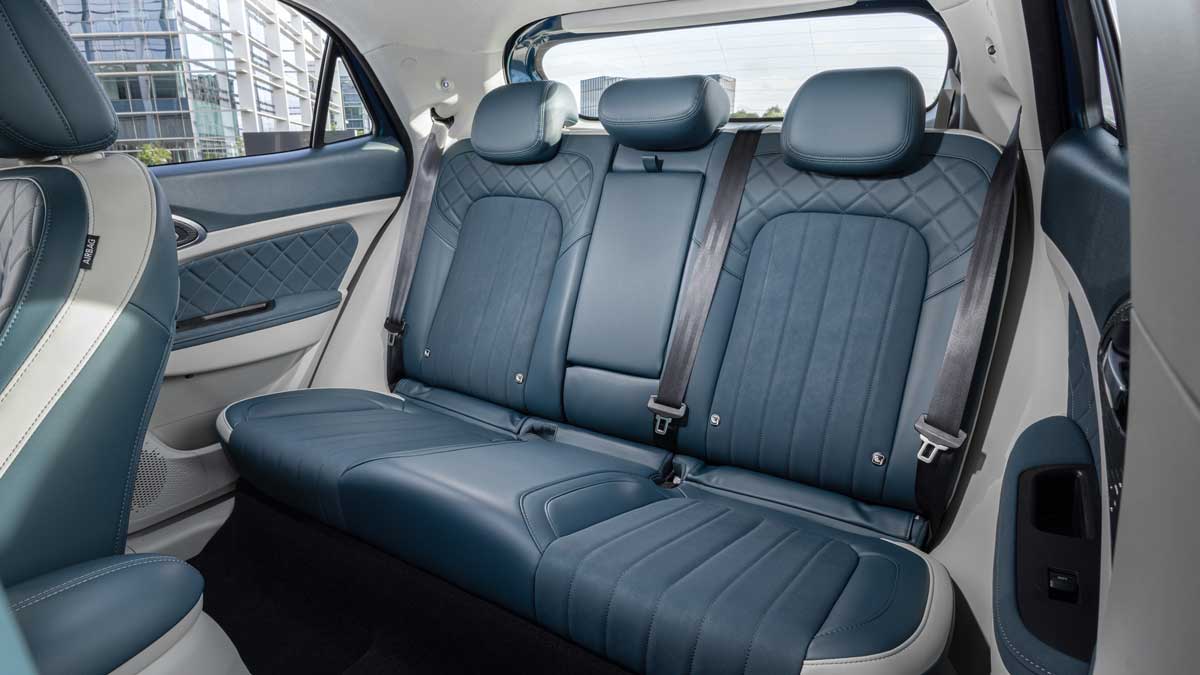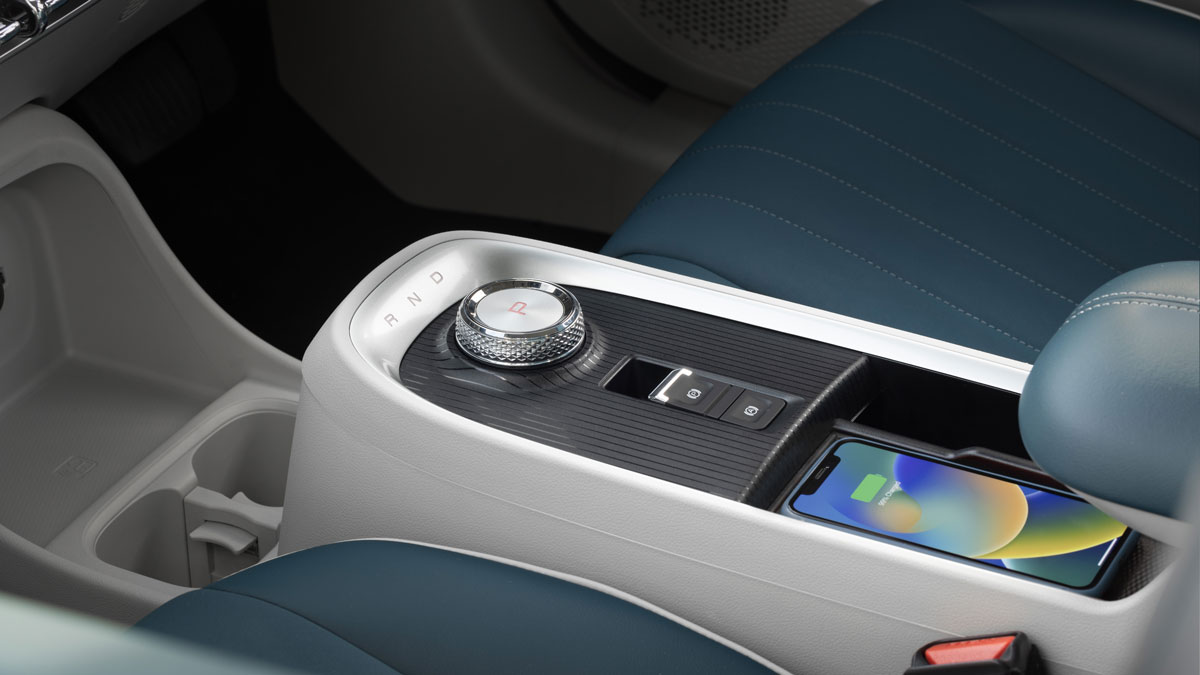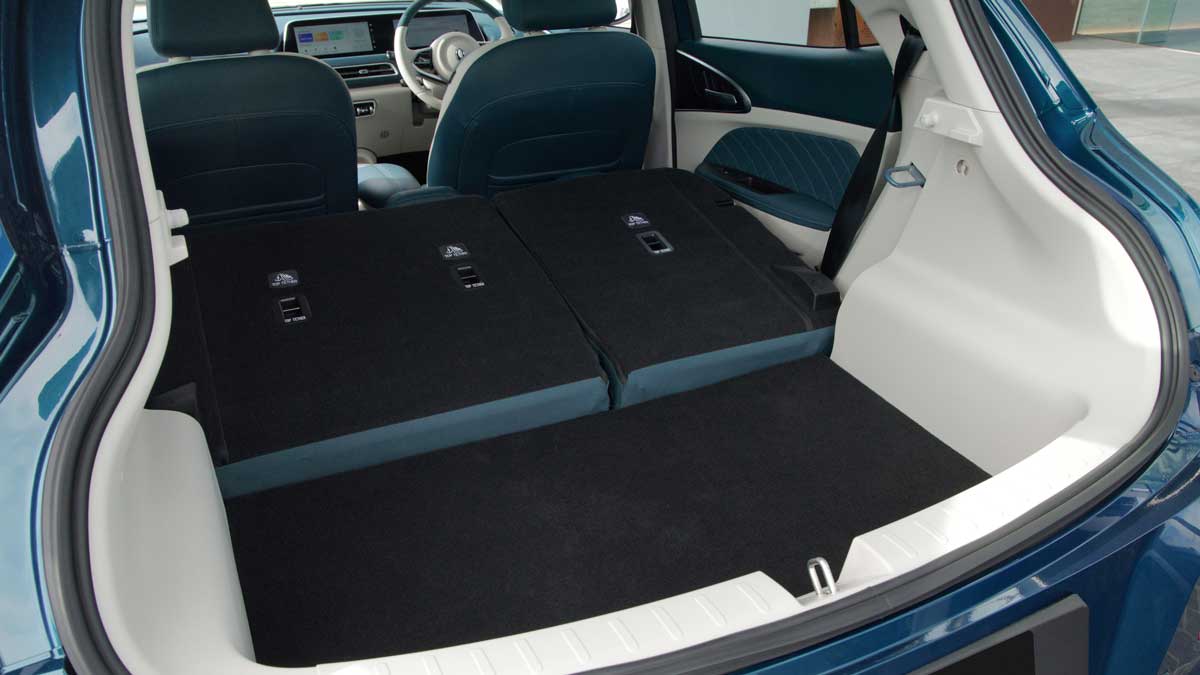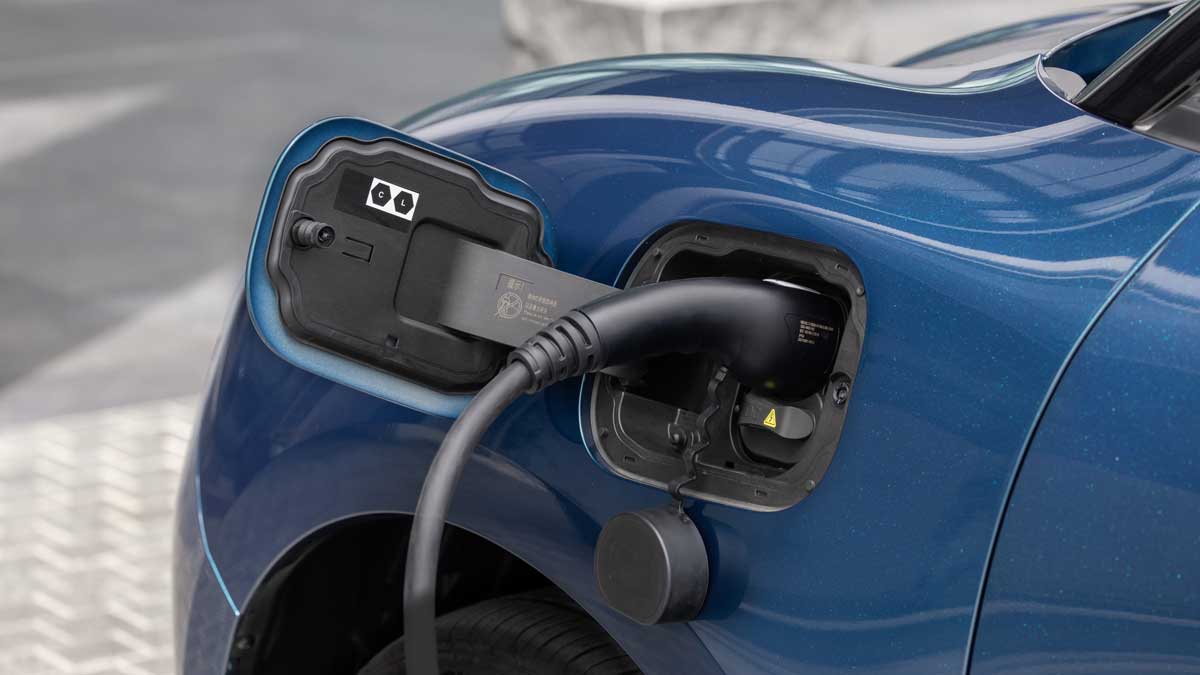So you’re looking for a new hybrid, plug-in hybrid or electric car. Here's a guide to what you need to know before testing, buying and driving away in your new set of wheels.
2023 GWM Ora review: now the cheapest electric car to buy in Australia

It’s smaller than a Toyota Corolla, and cheaper to buy than any other electric vehicle in Australia. Here's why the five-door compact hatch, known as the ‘Funky Cat’, is turning heads.
Chinese brand, GWM, have entered yet another strong competitor into the market.
Having recently rolled out the Tank 4x4 - a hardcore SUV - GWM has now raced to the other end of the automotive spectrum by launching Ora – a new battery-powered electric (EV) small car.
The Ora arrives in Australia in April of 2023, but that’s only the beginning of the first chapter. Later in 2023, a second model called the Ora Sport is also expected.
We’ve also had a brief taste of the sleeker Ora Sport, but it’s too soon to decide how good it is – that all depends on the pricing and equipment mix being announced later in the year.
The Ora is a five-door compact hatch that right now has the distinction of being Australia’s cheapest new EV to buy.
Based on a first brief taste, the Ora shapes as an important vehicle for EV buyers on a budget in a similar way to the BYD Atto 3, as it's performance is acceptable and has impressive features for the money.
GWM Ora pricing and features
The GWM Ora doesn’t pretend to be anything other than small five-door hatchback. It’s actually known as the ‘Good Cat’ or ‘Funky Cat’ in other places, and it does have a cute exterior style. That’s refreshing in a country where tough SUVs are proliferating.
Pricing starts at $44,990 driveaway for the Ora Standard Range, making it cheaper than either the MG ZS EV or the BYD Atto 3.
But there’s a catch: that pricing only applies in the Northern Territory. In Victoria, it’s $47,234 driveaway, while the Ora Extended Range is $51,402 and the flagship Ora GT $57,138.
There is a $3,000 Victorian state government rebate that applies to all three Ora models, as well as some other tax breaks and registration discounts, so the price looks more appealing once they are considered.
Standard GWM Ora equipment includes 18-inch alloy wheels, a digital instrument cluster and infotainment touchscreen that both measure 10.25 inches, seats trimmed in quilted faux leather, a powered driver’s seat, wireless phone charging and Apple CarPlay and Android Auto connectivity.
The GWM Ora Extended Range is more expensive because it has a bigger battery and a longer range (more of those details below).
The GT version combines that with some unique cosmetics, different 18-inch alloys, red brake callipers, a panoramic sunroof, a heated steering wheel and powered tailgate.
The Ora range is covered by a seven-year, unlimited km warranty and the battery warranty is eight years.
Capped price service intervals are set at 12 months or 15,000km.
GWM Ora safety equipment
The GWM Ora has already been confirmed with the maximum five-star ANCAP safety rating based on 2022 testing.
Standard GWM Ora safety gear includes seven airbags, autonomous emergency braking with cyclist and pedestrian protection in both forward and reverse, adaptive cruise control, lane departure warning, lane keep assist, rear cross traffic alert, speed sign recognition, driver monitoring and blind spot warning.
Also standard are LED headlights and tail lights, a 360-degree camera, traffic sign recognition, driver monitoring and a traffic jam assistant that helps keep a gap to the car in front in snails-pace gridlock.
GWM Ora interiors and design
As the BYD Atto 3 has already shown and the GWM Ora reinforces, interior originality is fast becoming a buzzword for these Chinese EVs.
The dashboard area is clean, neat and high-tech, much of it covered by two upright screens.
There are some retro-style toggles on the dash and a rotary dial on the centre console to select forward or reverse. There’s no need to a press a start button, as the car detects when someone sits in the driver’s seat and turns itself on.
Despite being shorter than a Toyota Corolla, the Ora is impressively spacious in the cabin. It will fit adults in the rear as well as the front. If there’s only two young kids in the back, they’ll have heaps of room.
Where the Ora falls short is in its tiny 228 litre boot – only large enough to fit a couple of soft bags.
It’s also disappointing in a brand-new car developed for the 2020s that the steering wheel does not adjust for reach as well as height.
GWM Ora battery power, charging, and efficiency
The GWM Ora Standard Range is powered by a single electric motor that makes 126kW and 250Nm. It’s fed by a 48kWh lithium-ion battery and claims a range between recharges of 310km (WLTP).
The Extended Range and GT have the same motor outputs combined with a larger 63kWh battery that extends the range to 420km (WLTP).
The claimed consumption rate of the GWM Ora is 14kWh and the maximum DC fast-charging charging rate is a pedestrian 64kW.
GWM Ora performance and handling
While many ground-up EVs opt to place the e-motor on the rear axle to aid both handling and storage efficiency, the GWM Ora is front-motor, front-wheel drive.
That’s just like any orthodox petrol-powered small car, and that makes the drive experience more familiar.
We sampled a UK-specification GWM Ora that is fundamentally indicative of what is going into Aussie showrooms.
A brief drive on a closed course revealed nippy, manoeuvrable handling, a comfy ride and light steering entirely suited to a vehicle of this size and type.
That’s accompanied by a zippy initial rush of acceleration that comes courtesy of the immediate way an e-motor delivers its performance. Of course, it’s also a quieter driving experience without a petrol engine.
Combine the way the GWM Ora handles with the way it’s powertrain responds to the accelerator, and you’ve got the makings of a great little car for urban duties.
GWM Ora Sport preview
Our brief drive of the GWM Ora Sport was no more than a peek at the vehicle’s character and capabilities. It was a left-hand drive example straight out of China, complete with Cantonese writing in the touchscreen.
But with its mini-me Porsche Panamera styling and suggestions that its pricing could start below $60,000, there is potential to attract EV buyers looking for something else beside the ubiquitous Tesla Model 3.
The entry-level front-wheel drive we drove was no fireball. Instead, it displayed a steady response to the accelerator. A dual-motor all-wheel drive with a heap more power and torque is also headed our way, and that could be the one that has the performance to match the looks.
